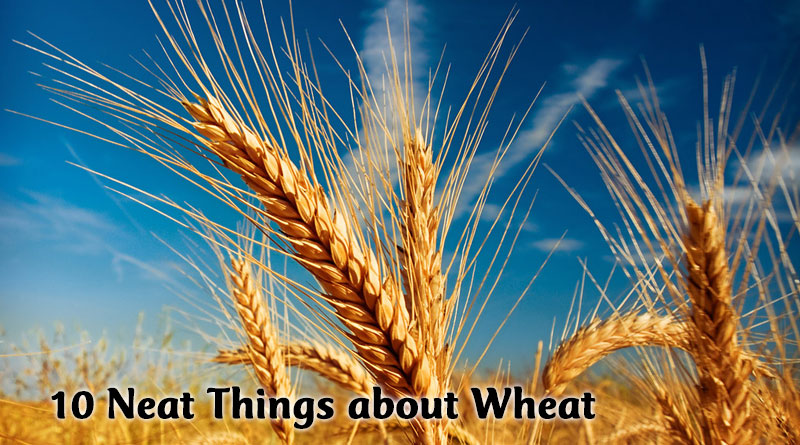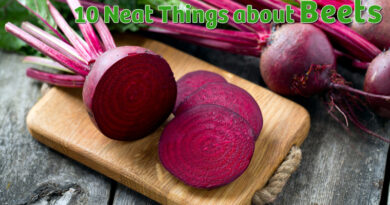About Wheat
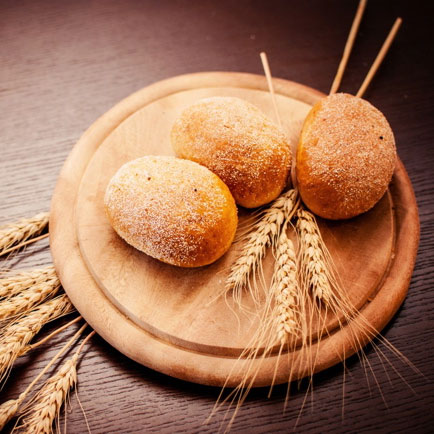
1. Wheat sheaf as symbol.
A sheaf of wheat is one symbol of All Saints’ Day, which is November 1. This probably originates in the more apparent symbolism of wheat as being a combination of the success of our endeavours with the start of new endeavours. The reason you plant the grains of wheat is to grow it, harvest it and make bread, but also to grow the next year’s harvest. It’s a kind of resurrection.
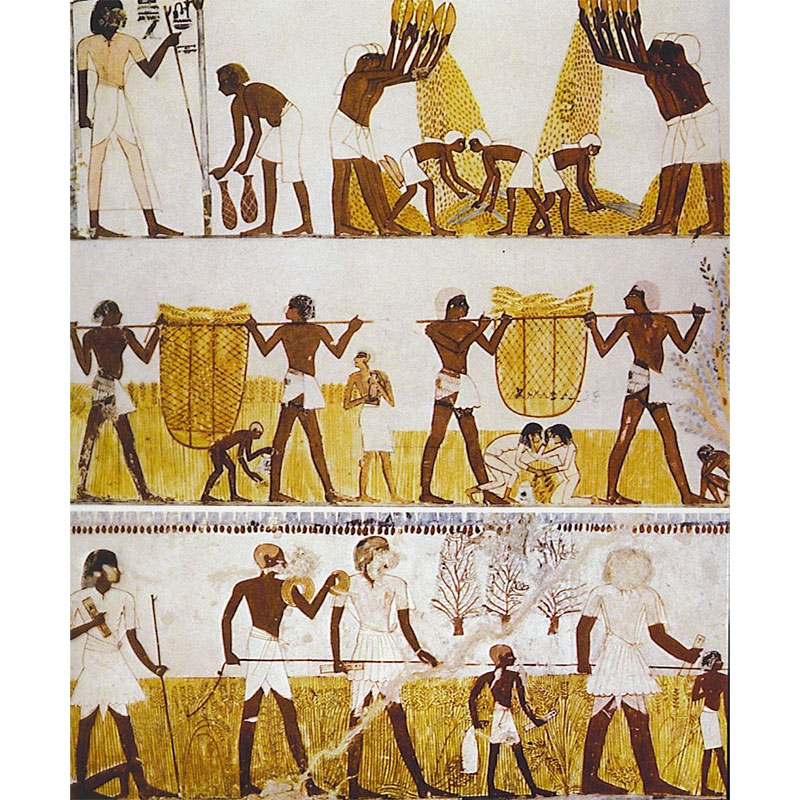
2. History.
Cultivation of wheat dates to at least as far back as 9600 BCE. Stone-aged people would chew on the raw kernels or simmer them. It spread from the Fertile Crescent to India by 6500 BCE, to Germany and Spain by 5000 BCE, to the British Isles and Scandinavia by 3000 BCE and to China by 2000 BCE.
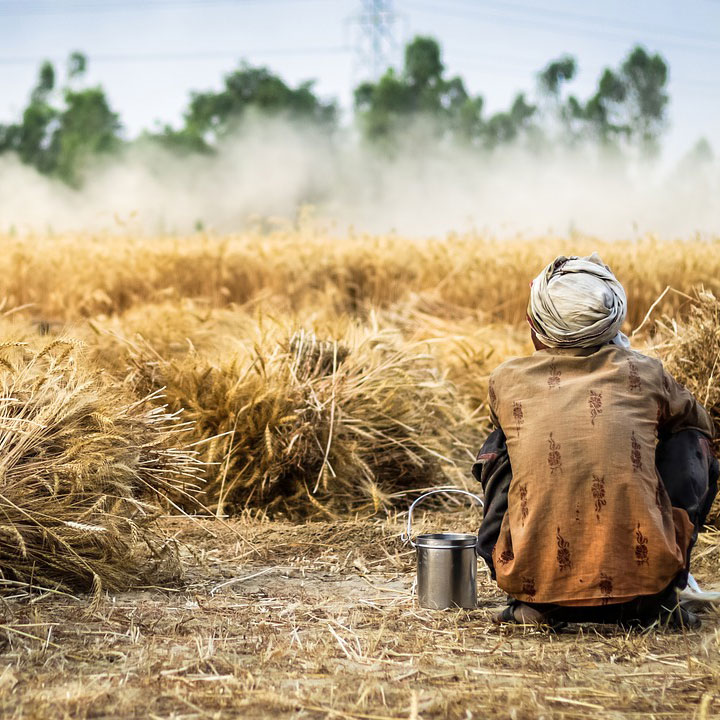
3. Time.
It took around 275 hours of work to produce 100 bushels of wheat about 200 years ago. By 1890, it took only 50 hours, owing to innovation with animal-powered machines. By 1965, it took only five hours to produce 100 bushels. Today, it’s only two hours. One bushel equals about 90 loaves of whole-wheat bread.
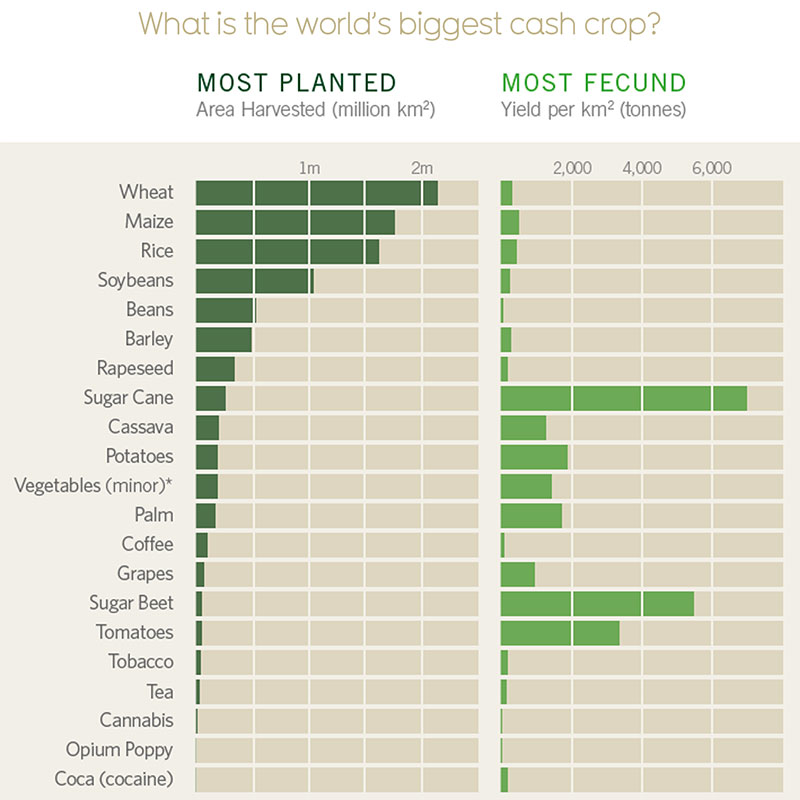
4. More wheat.
The world grows wheat on more hectares of land than any other crop. There are about 220-million hectares currently growing it. To be clear, though, rice produces the most revenue, aside from cannabis. And the most fecund staple is sugar cane. Here’s a link to the most valuable crops worldwide: https://www.visualcapitalist.com/the-worlds-most-valuable-cash-crop/
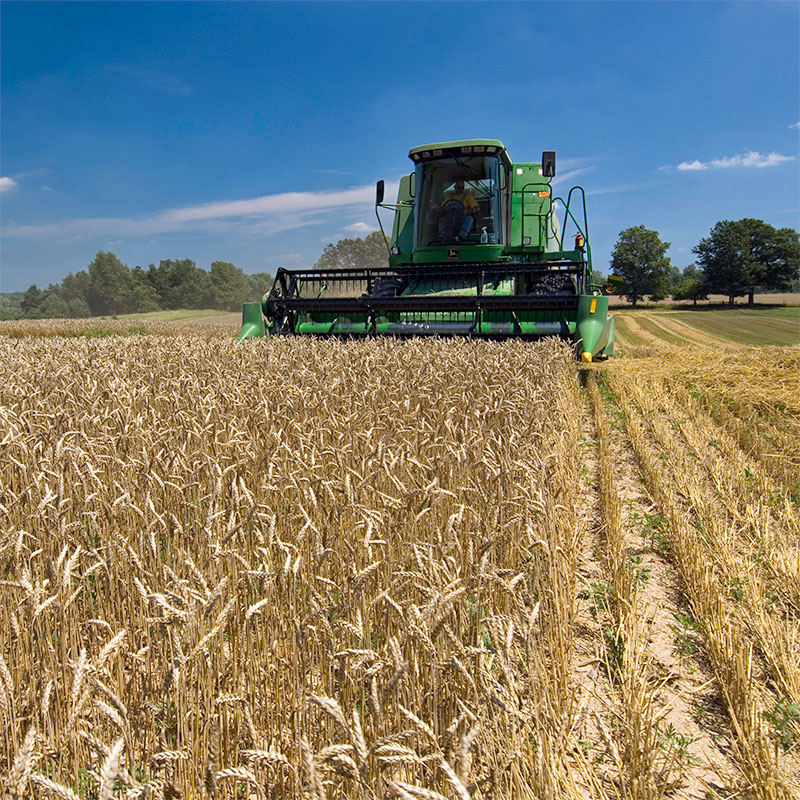
5. More more wheat.
The amount of harvest more than doubled between 1955 and 1995 while the amount of land devoted to growing wheat didn’t go up by much. This is because of advances in the varieties and in soil fertilization.
6. Lousy year.
When the harvest produces only lower-quality kind it can be used as animal feed, to make glue and in the manufacture of paper.
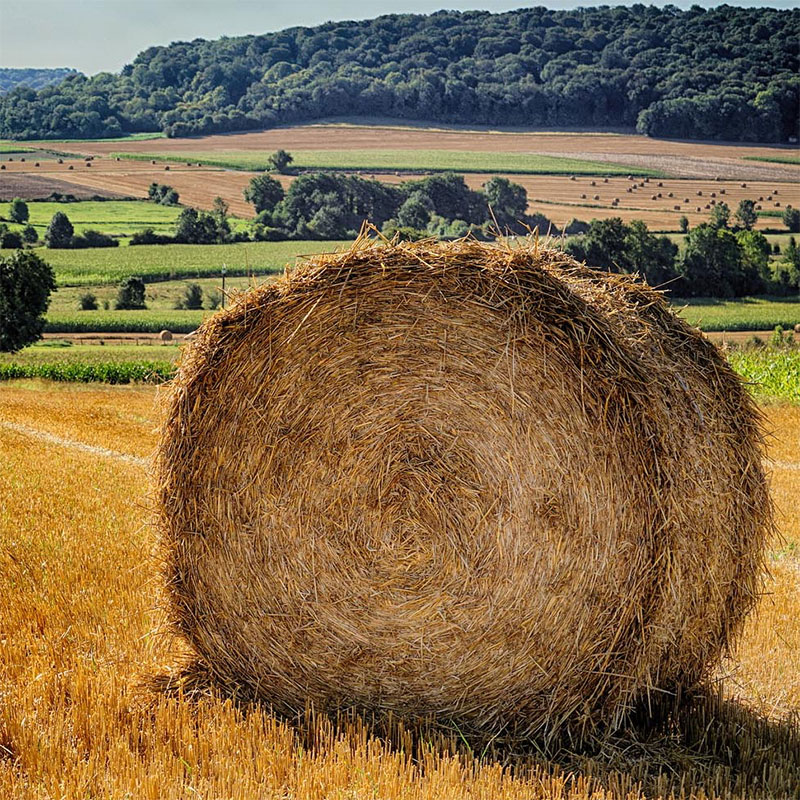
7. Wheat straw.
In the past, at the end of a growing season when you were left with wheat and straw, you used the straw for animal bedding and thatching roofs. The straw from today’s wheat isn’t long enough for thatching roofs, though, and for years, farmers would burn it as waste. It can be used in various ways including in biofuels and biogas and in making composite lumber. There are even a handful of companies making drinking straws from straw and charging an outrageous price for it.
8. Winter wheat.
If you’re not a farmer, you may wonder what the heck winter wheat is. It’s what is sown in the fall in a field of stubble, rather than sowing in spring. The advantage is that it gets the farmer off the wet fields in spring and gives the wheat plants the boost of water from the melted snow. It is ready to be harvested in summer rather than fall.

9. What it’s made of.
There are three parts to a grain of wheat: the endosperm, the bran and the germ. The endosperm is the main part and it’s what is ground into white flour. The bran is included in whole-wheat flower. The germ is a tiny portion which is the embryo of the next generation of wheat. It can be ground with the endosperm and the bran to make flour but it is typically removed because its high fat content reduces the shelf life of flour.
10. Gluten sensitivity.
Gluten is a group of proteins found in wheat, oats, barley and rye. It’s the stuff that mixes with yeast to make bread chewy. It’s also the stuff that causes problems in people with celiac and non-celiac gluten sensitivities. Celiac disease sufferers may not have an immediate reaction, but consuming gluten can lead to malabsorption of vitamins, iron deficiency and development of lymphomas.
– Shauna Dobbie Copyright©
Pegasus Publications Inc.

